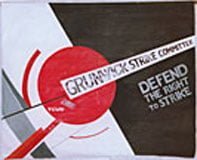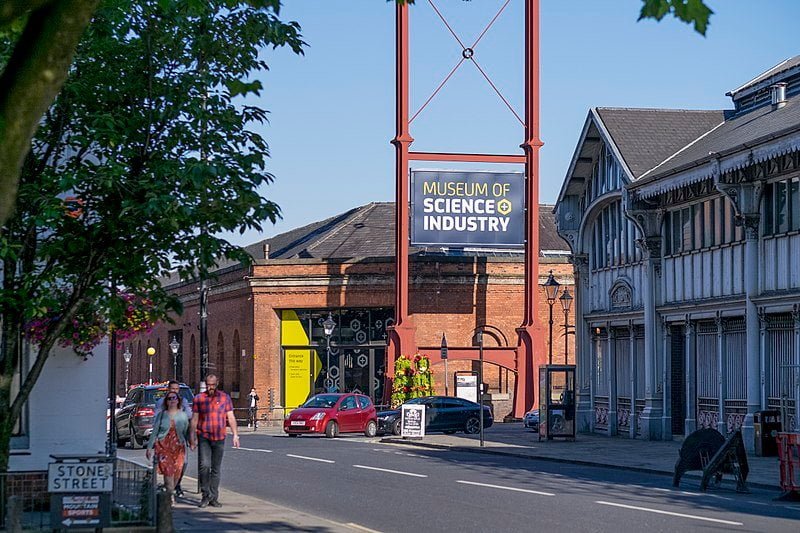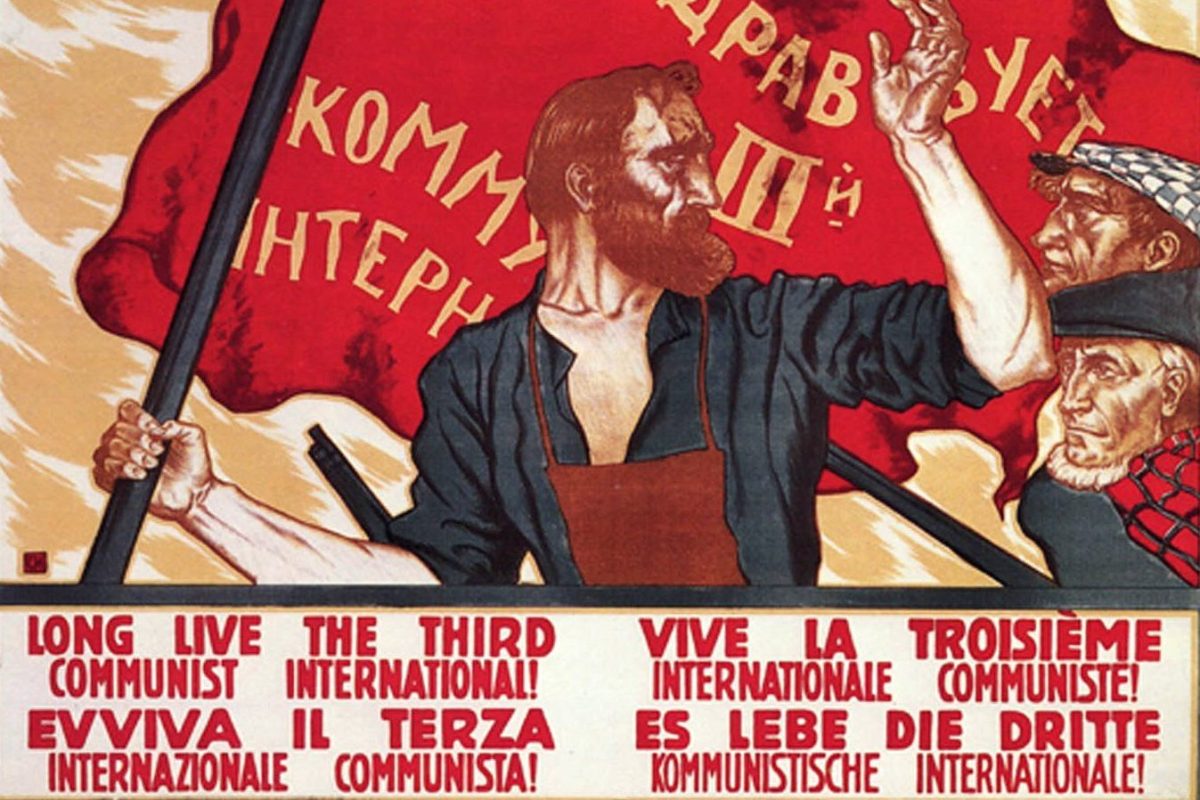The Grunwick strike was the first dispute where a majority
of strikers who were from ethnic minorities received widespread support from
the labour movement. Earlier disputes in Leicester and Southall had remained
marginalised, but in the 1970s the labour movement was regaining its militancy
and also taking up the anti-racist cause. The trades union movement stood at
11.5 million members.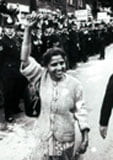
A pamphlet and DVD
on offer from Brent Trades Council give an impressive outline of the extent of
solidarity that existed within the trades union movement at the time with
thousands prepared to attend mass picketing. It also shows the length that
employers such as George Ward at Grunwicks would go to in order to combat
trades unionism. In this he had the support of the courts, the Conservative
Party, the National Association for Freedom and the police.
Also it shows that the trades union leadership although
giving vocal support to the strikers were not prepared to support their members
until the bitter end, preferring to put their hopes in court action coming down
on the side of the strikers.
Grunwicks was a photograph processing factory in Brent,
North London, run by an anti-union employer George Ward. Previous attempts to
gain union recognition had been rejected and in August 1976 Jayaben Desai led
137 workers out on strike. They were soon all sacked. None of the workers had
ever taken strike action before.
They approached the
local Citizens Advice Bureau and APEX – their trades union which gave the
strike official recognition. These workers had never even been involved in a
trades union before but they were thrust into the front line of a nationally
acclaimed battle between the trades union movement and sections of the ruling class. They were to learn the
political lessons very quickly.
Solidarity action spread throughout the trades union
movement as the strike ran and ran and Grunwick became a household name.
Chemists were picketed and asked not to send photos for processing at
Grunwicks. George Ward tried to get this picketing outlawed but was
unsuccessful. Local postal workers, members of the Union of Postal Workers
refused to cross picket lines and deliver post. Calls however to cut off all
supplies of water and electricity to the plant were not supported by the
leaders of APEX or the TUC
The postal workers
also had to abandon their secondary action at the instruction of their union.
However Len Murray, general secretary of the TUC attended a packed meeting in
Brent.
Mass picketing began in
June 1977. There were 3,000 pickets. The police and Special Patrol Group
also turned up in force and there were 84 arrests. Scenes to become familiar in
the Miners’ Strike 1984/85 began to be seen on the streets of North London in
what was almost a civil war atmosphere.
On the 11th July 12,000 pickets blockaded the factory for
six hours including branches of the National Union of Miners from Kent and
Yorkshire. All this can be seen vividly on the DVD. In a controversial move the
pickets were called off at midday and marched around the town centre in Brent
allowing the strike breakers buses to go in.
The author of the pamphlet blames a compromise between the
strike committee and the leadership of APEX for this strategy. However mass
picketing would not have won the strike – secondary action like cutting off
power supplies to the factory could have done.
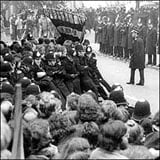 The Advisory, Conciliation and Artitratin Service (ACAS)
The Advisory, Conciliation and Artitratin Service (ACAS)
recommended union recognition following a ballot in March 1977 and the TUC
favoured a Court of Inquiry. The catch was – who was to be balloted – the
strikers or the whole workforce? George Ward refused to allow those inside the
factory to be balloted – they benefited from the industrial action by receiving
pay rises which would not otherwise be forthcoming. This catch allowed the Law
Lords to overrule the ACAS recommendation that the union should be recognised.
By the end of 1977
the strikers were getting desperate. The TUC had backed down from a call for
essential services to the factory to be blocked and APEX wanted an end to mass
picketing. This had become more bitter. On one day 8,000 pickets gathered
outside the factory and in the battles that took place over 243 were injured.
The Tory press turned against the strikers.
The strike carried on into 1978 and was eventually lost. But
it was not due to lack of solidarity or determination on behalf of the
strikers. They were let down by the right wingers in the leadership of the
trades union movement.
This pamphlet and DVD should be seen particularly by those
who did not live through the 1970s. It would be an eye-opener. For those of us
who did it brought back memories -both good and bad. The strike also gives a
different twist to the current debate about multiculturalism – there was no
doubt in those days that the strikers at Grunwick belonged in the trades union
movement, regardless of their ethnic background or culture. Workers from all
different cultures were united at Grunwicks.
"Grunwick – bravery and betrayal:
a Brent Trades Union Council
pamphlet"
DVD – The Grunwick
Strike 1976-1978
Stand together 52 minutes
Look back at Grunwick 26 minutes
Available from Brent Trades Union Council, 375 High Street,
London
NW10 2JR

